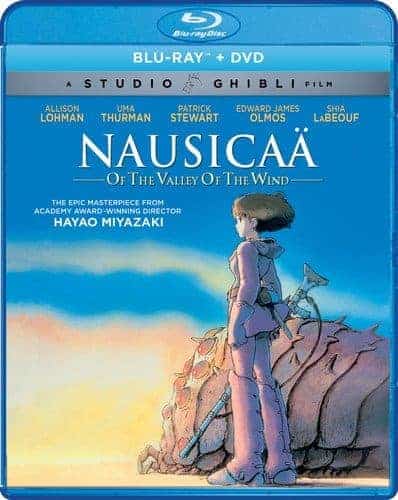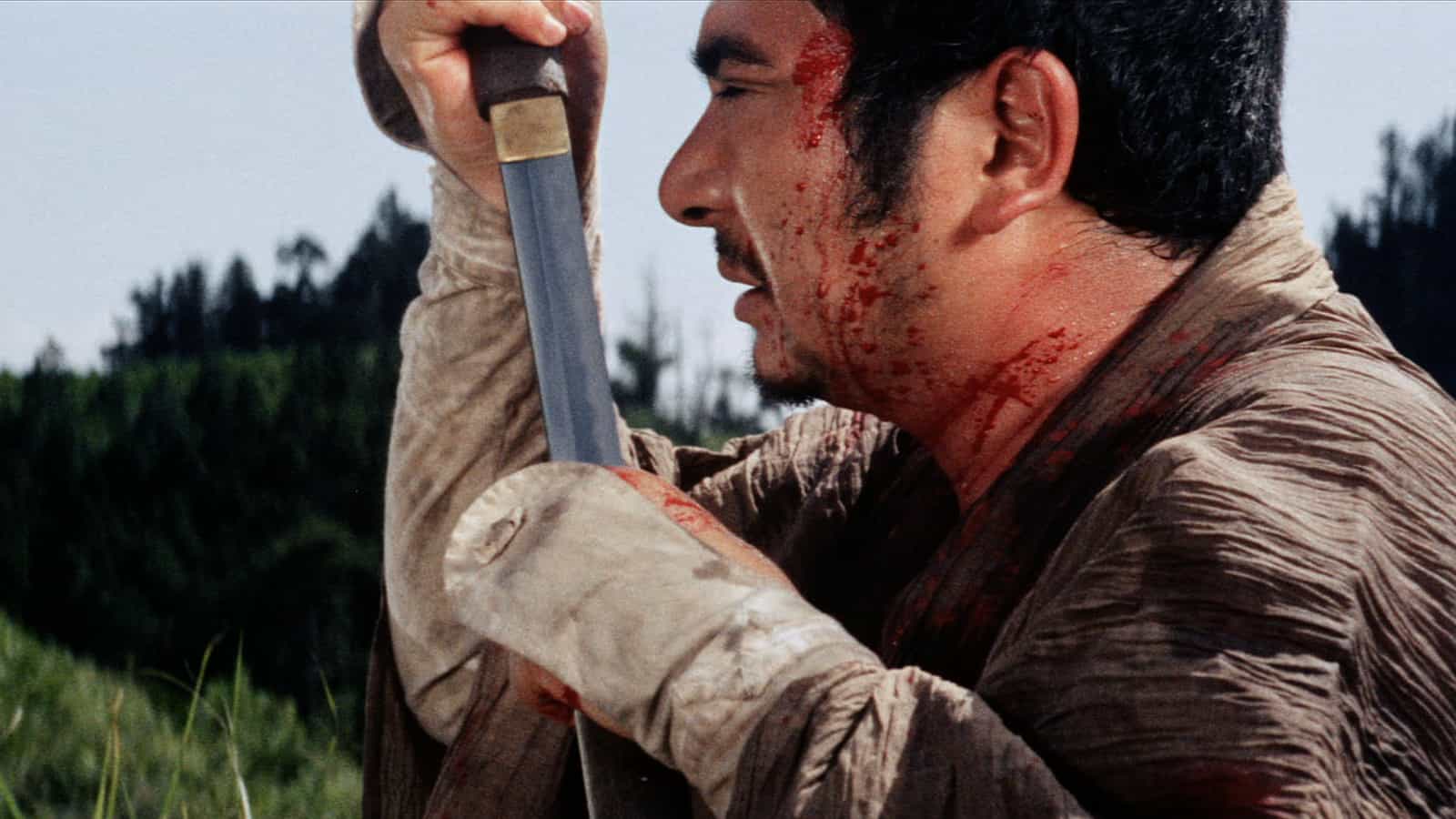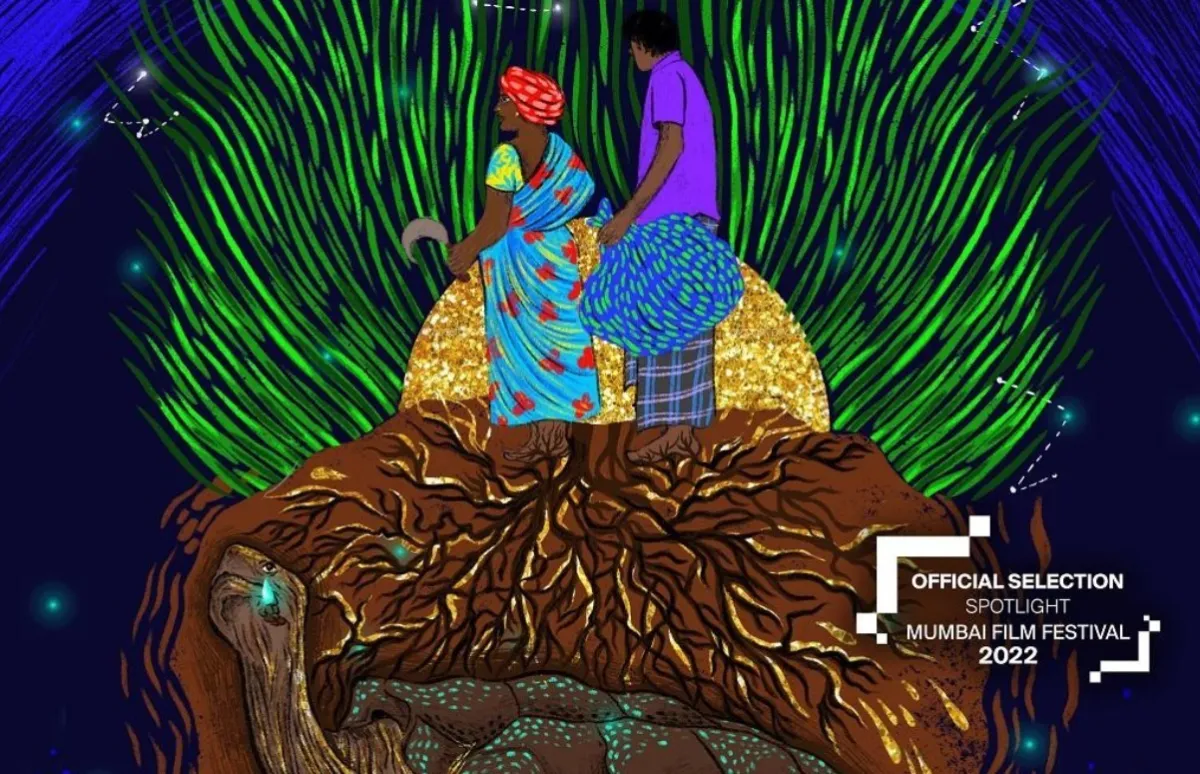Let me start with a very personal note. I consider “Nausicaa” one of the best anime of all times, and along with “Akira” and “Ghost in the Shell”, the titles that allowed the category to skyrocket to international fame, particularly because they highlighted the fact that anime can be addressed to adults through their richness in context, and not only to children and young adults. “Nausicaa”, in contrast to public belief, is not a Studio Ghibli production, but was animated by Topcraft (where Hideaki Anno worked at the time) for Tokuma Shoten and Hakuhodo, and distributed by Toei. It is also worth noting that the film was released in 1984, with a recommendation from the World Wide Fund for Nature (WWF).
Buy This Title
A thousand years have passed since the “Seven Days of Fire”, a war that destroyed civilization and created the Toxic Jungle, a poisonous forest swarming with giant mutant insects. Humanity now tries to survive in little cities and villages as the “Valley of the Wind”, where Princess Nausicaa is in charge. She tries to protect her people from the jungle and especially from the Ohms, giant trilobite-like creatures, although her goal is to find a way to coexist with them, a purpose that the inhabitants of the village have managed to do through their peaceful life and their respect of the environment. However, troops from the kingdom of Tolmekia arrive at one point, whose purpose is to use a bio-weapon that was implemented during the war to destroy the Toxic Jungle.
The Review Contains Heavy Spoilers
Miyazaki wrote the homonymous manga and directed an anime that entailed a number of the characteristics that would later make him globally famous. His anti-war messages and subsequently, pacifism, are the most obvious ones, as exhibited in the sequences where the Tolmekian troops use the Giant Warrior to burn the toxic jungle, only to be assaulted by thousands of Ohms that bring destruction and death upon their passing. The pacifism of the film is also exemplified in the last scene, where Nausicaa is revived, giving an end to the conflict, a sequence that presents another of Miyazaki's traits, optimism.

Environmentalism is also quite eloquently presented. Miyazaki is disillusioned about nature, since he considers it a place that also emits power, as is the case with the toxic jungle in the film. In that fashion, he highlights the benefits humanity can gain by co-existing with nature, but at the same time, presents a harsh ecological message: if people decide to go against nature, “she” will certainly exact revenge.
Subsequently, the concept of the hero is also evident in the film, as mirrored in Nausicaa, who is portrayed as the embodiment of the mythic hero. She is always ready to help her people through self-sacrifice and physical pain, she feels no fear in the face of danger, and is always reluctant to resort to violence but quite capable once she has to. Furthermore, Nausicaa is the portrayal of the crusading hero, fighting capitalism and militarism in order to protect not just her people but also the environment.
The combination of all the aforementioned elements is presented here with a rawness that Miyazaki did not exhibit in his later productions, which were mostly addressed to children (visually at least) and thus, much tamer. This element is what makes the particular title stand out in Miyazaki's filmography, for the no-punches-pulled presentation that essentially makes the title more adult-oriented (despite the PG-7 notice). The Tolmekian leader that lacks one hand due to her dealings with the toxic jungle, the many deaths, the red eyes of the Ohms, the fire and destruction, the many action scenes, the many injuries Nausicaa suffers, the torturing of the baby Ohm, the attack of the Fire Demon (courtesy of Hideaki Anno) all point towards this direction, which occasionally touches the borders of grotesqueness, despite the fact that Miyazaki surrounded this aspect with much beauty, and actually “justified” all the awful actions people resort to, due to fear.

In that regard, the drawing and the animation are exquisite, and barely show that the title is 36 years old. The combination of impressive colors and much beauty with the decay of the world the story takes place in works wonders for the film, with the many layers of the context being exceptionally portrayed visually. Lastly, “Nausicaä of the Valley of the Wind” included a wonderful soundtrack by Joe Hisaishi, in his first of many collaborations with Miyazaki, with him creating a number of tracks that definitely remain in memory. The song of the Ohms, and the one that plays during Nausikaa's approach to the hot-air balloon are probably the most memorable.
Not much more to say, “Nausicaä of the Valley of the Wind” is a true masterpiece, a must-see for all, and for me, Miyazaki's best work.
















